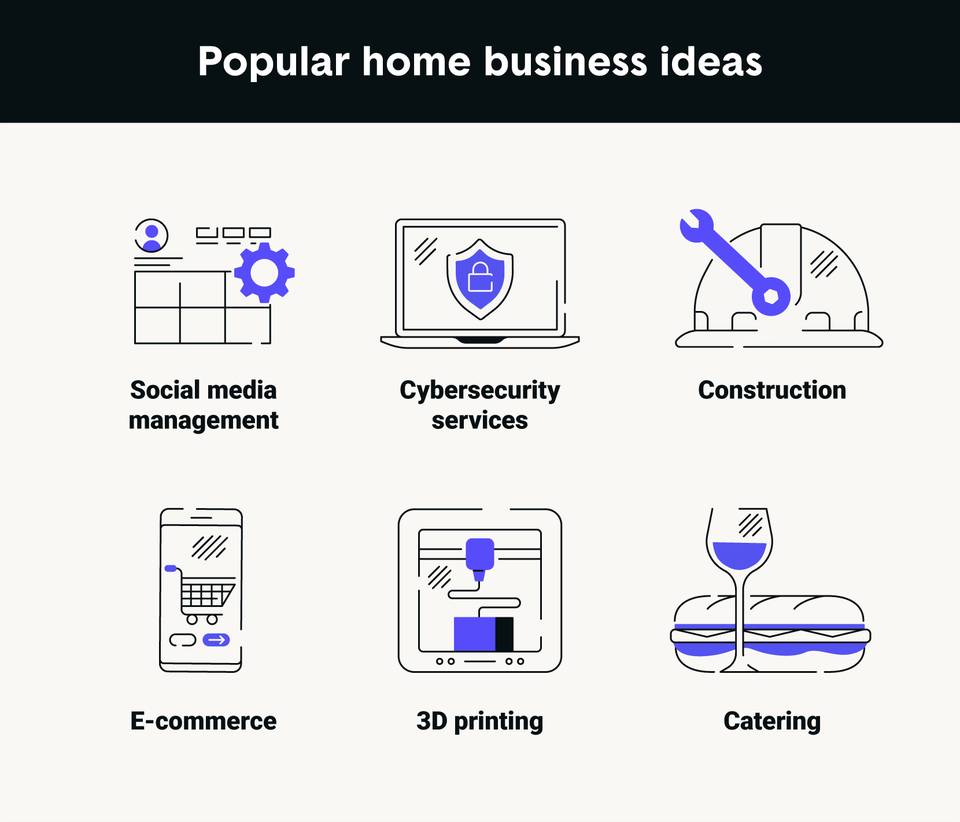Did you ever imagine that your workday might involve sleeping in until the very last minute, logging on in your pajamas and perhaps taking a shower on your lunch break? With remote work as the “norm,” many professionals have experienced the benefits of working from home. Although the greater flexibility and convenient location are excellent perks, it’s not quite the same as if you were the one calling all the shots.
If you prefer the advantages of working from home but also find yourself wanting to be the boss, it’s worthwhile to explore whether a home-based business is right for you. To help turn your entrepreneurial dreams into reality, we’ve outlined exactly how to start a home-based business in 13 steps.
Jump ahead to the infographic to uncover the pros and cons of home-based businesses, business ideas to get you started and secrets to success from other entrepreneurs.
What is a home-based business?
If your business’s main place of operation is your home, it qualifies as a home-based business. There are no size restrictions on home-based businesses — they can range from microbusinesses to larger entities. Many successful companies originated at home, like Microsoft and Google, so if your business does take off, know that you may not be home-based forever.
Home-based business ideas to get started
When it comes to starting a business, one of the first things you’ll need is a good idea. Check out this list of business ideas you can do at home for inspiration.







